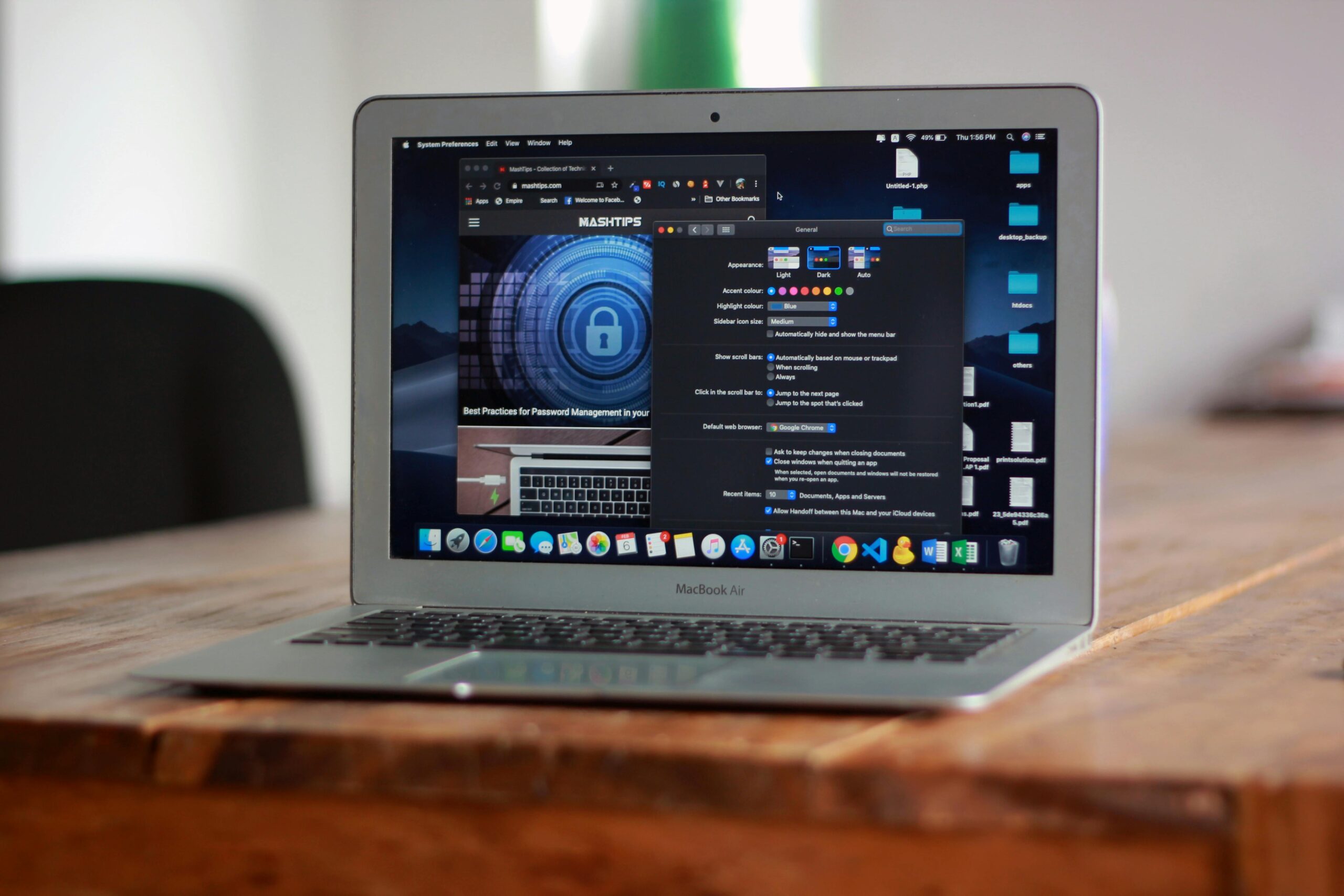
by Hannah Eure
RSA Conference 2025 wrapped up in San Francisco last week, and if there’s one thing that stood out, it’s this: AI is not a buzzword. It’s the backbone of cybersecurity innovation, strategy, and storytelling. The conference offered a front-row seat to the shifting landscape of threats, tools, and messaging in the age of AI.
Whether you’re refining your go-to-market strategy or advising clients on emerging risks, here are our key takeaways from this year’s conference – along with next steps for marketing leaders to consider.
A double-edged sword
AI’s dual role in cybersecurity was a prominent theme throughout the conference due to its availability to both organizations and bad actors alike. While defenders are leveraging AI for tasks like malware analysis and vulnerability scanning, attackers are equally adept at using it to enhance their tactics. The ongoing “rocket and missile” game underscores the need for continuous development and vigilance.
Marketing recommendations: Organizations must position themselves as adaptable and forward-thinking. Highlight your commitment to leveraging AI responsibly and staying ahead of emerging threats to reinforce trust with your customers and partners.
AI Agents: Your newest (and riskiest) team members
One of the most talked-about topics was the rise of autonomous AI agents: autonomous systems capable of making decisions and executing tasks with minimal human input. While they promise productivity gains, they also introduce new security challenges. Unlike human users, AI agents operate continuously and at high speeds, making traditional security measures like multifactor authentication insufficient. Industry leaders are developing tools to manage these agents, reaffirming the need for unique safeguards such as kill switches and continuous monitoring.
Marketing recommendations: As AI agents become more prevalent, it’s crucial to clearly communicate their benefits and risks to stakeholders. Developing messaging that highlights your organization’s proactive measures in keeping these agents secure will position your brand as a leader in responsible AI deployment.
Bridging the gap between threat intelligence and response
Despite advancements in threat detection, a significant challenge remains: the lag between identifying threats and responding effectively. This gap can be exploited by bad actors, necessitating streamlined processes and better integration between threat intelligence and response mechanisms.
Marketing recommendations: Communicating your organization’s agility in threat response will be a massive competitive edge here. Consider sharing case studies or examples where rapid action mitigated risks to showcase your team’s efficiency and dedication to client security.
The rise of deepfake detection and data exfiltration tools
Vendors at this year’s conference unveiled swaths of innovative tools aimed at detecting deepfakes (AI-generated or -edited images, videos, or audio of real or fictional people) and preventing data exfiltration (an unauthorized data transfer by a bad actor). These solutions address growing concerns about misinformation and data breaches, reflecting the evolving nature of cyber threats.
Marketing recommendations: Marketing leaders have a responsibility to educate their audience about these emerging threats and their organizations’ solutions. Use accessible language to explain complex technologies and position your brand as both knowledgeable and approachable.
Consolidation is the name of the game
RSA 2025 also highlighted a noticeable shift towards consolidation in the cybersecurity industry, with vendors offering integrated platforms that provide comprehensive solutions. The trend aims to simplify security management and improve efficiency.
Marketing recommendations: Security and simplicity aren’t mutually exclusive. Highlight the benefits of integrated solutions in your marketing materials, along with how your offerings reduce complexity and provide seamless protection to users.
Final thoughts
RSA 2025 highlighted the dynamic nature of cybersecurity with AI at the forefront of both innovation and risk. For marketing leaders, the challenge lies in effectively communicating these complexities, building trust, and positioning their organizations as leaders in a rapidly evolving landscape.
By staying informed and proactive, you can navigate these challenges and drive your brand’s success in the cybersecurity arena.
The good news is, you don’t have to navigate the ever-evolving world of cybersecurity marketing by yourself. Contact Kickstand today for more information on how our team can help you build the brand presence you need in an AI-dominated world.



